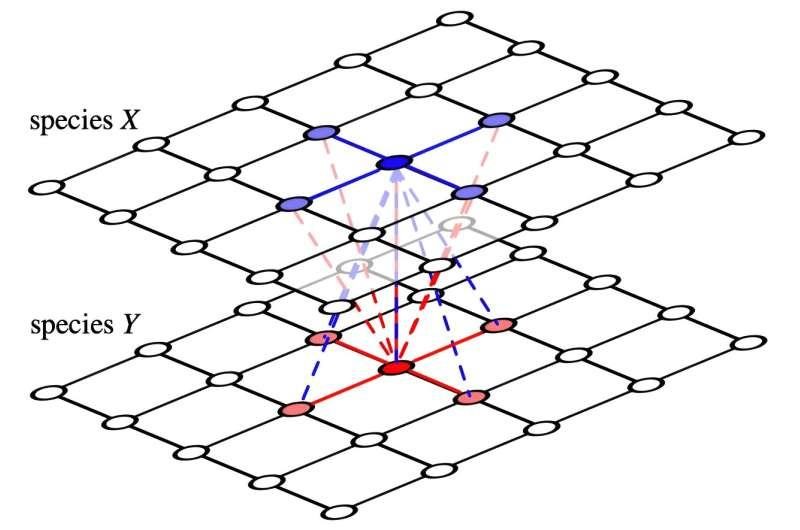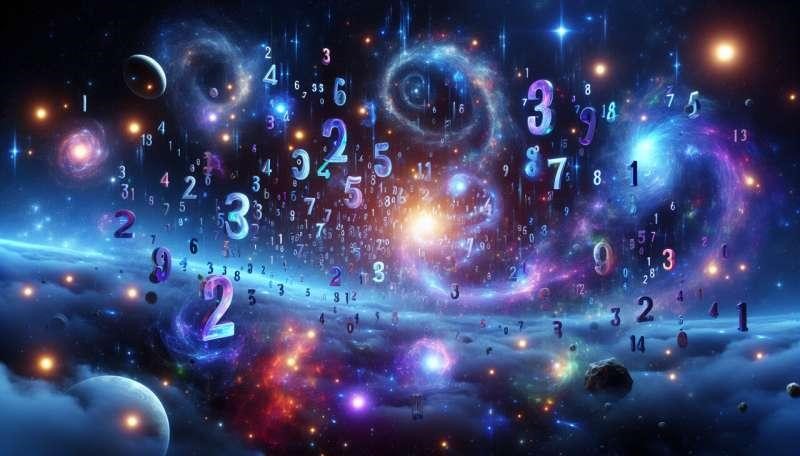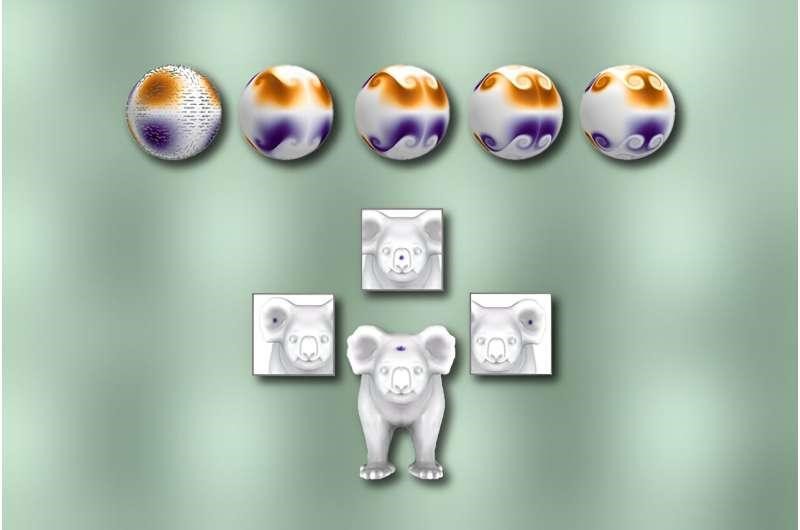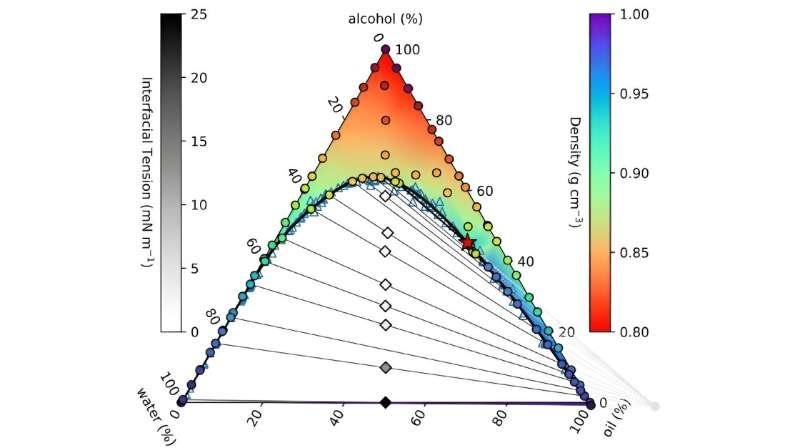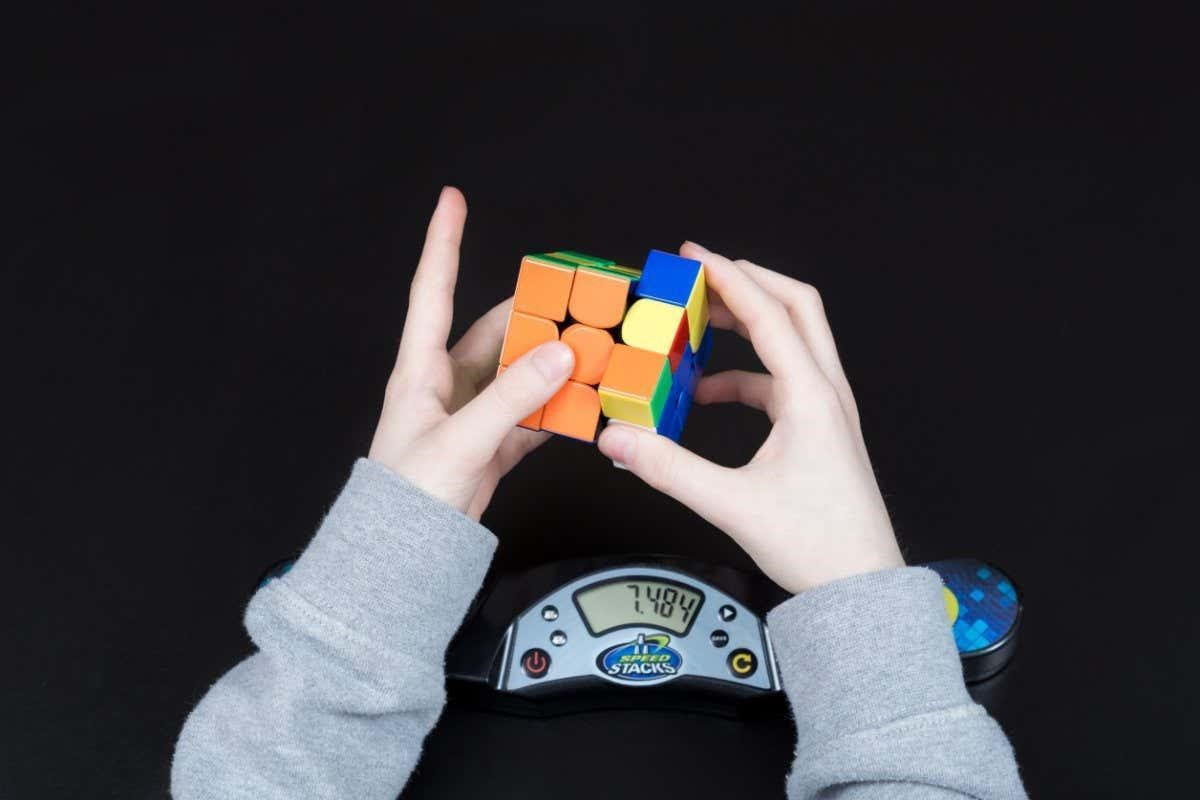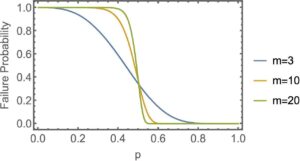
Phase Transition. The probability for the poll to fail, 𝜋0, plotted as a function of p, the fraction of time slots that each respondent is available. Credit: The European Physical Journal B (2024). DOI: 10.1140/epjb/s10051-024-00742-z
In a world where organizing a simple meeting can feel like herding cats, new research from Case Western Reserve University reveals just how challenging finding a suitable meeting time becomes as the number of participants grows.
The study, published in the European Physical Journal B, dives into the mathematical complexities of this common task, offering new insights into why scheduling often feels so impossible.
“If you like to think the worst about people, then this study might be for you,” quipped researcher Harsh Mathur, professor of physics in the College of Arts and Sciences at CWRU. “But this is about more than Doodle polls. We started off by wanting to answer this question about polls, but it turns out there is more to the story.”
Researchers used mathematical modeling to calculate the likelihood of successfully scheduling a meeting based on several factors: the number of participants (m), the number of possible meeting times (τ) and the number of times each participant is unavailable (r).
What they found was that as the number of participants grows, the probability of scheduling a successful meeting decreases sharply.
Specifically, the probability drops significantly when more than five people are involved—especially if participant availability remains consistent.
“We wanted to know the odds,” Mathur said. “The science of probability actually started with people studying gambling, but it applies just as well to something like scheduling meetings. Our research shows that as the number of participants grows, the number of potential meeting times that need to be polled increases exponentially.
“The project had started half in jest but this exponential behaviour got our attention. It showed that scheduling meetings is a difficult problem, on par with some of the great problems in computer science.”
Interestingly, researchers found a parallel between scheduling difficulties and physical phenomena. They observed that as the probability of a participant rejecting a proposed meeting time increase, there’s a critical point where the likelihood of successfully scheduling the meeting drops sharply.
It’s a phenomenon similar to what is known as “phase transitions” in physics, Mathur said, such as ice melting into water.
“Understanding phase transitions mathematically is a triumph of physics,” he said. “It’s fascinating how something as mundane as scheduling can mirror the complexity of phase transitions.”
Mathur also noted the study’s broader implications, from casual scenarios like sharing appetizers at a restaurant to more complex settings like drafting climate policy reports, where agreement among many is needed.
“Consensus-building is hard,” Mathur said. “Like phase transitions, it’s complex. But that’s also where the beauty of mathematics lies—it gives us tools to understand and quantify these challenges.”
Mathur said the study contributes insights into the complexities of group coordination and decision-making, with potential applications across various fields.
For more such insights, log into our website https://international-maths-challenge.com
Credit of the article given to Case Western Reserve University

